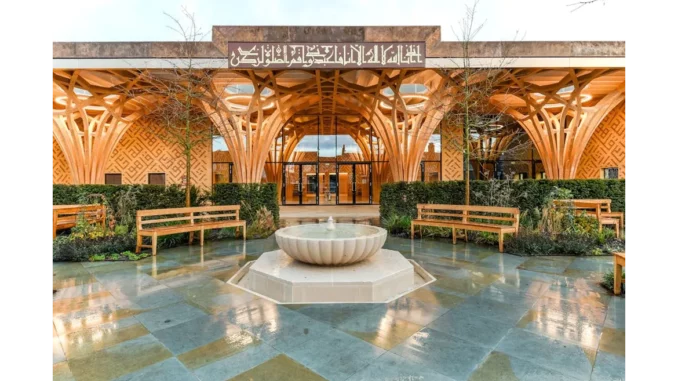
In recent years, the construction industry has been undergoing a significant transformation, driven by the increasing urgency for sustainable solutions to address pressing environmental challenges. Nonresidential green buildings have emerged as a pivotal element of this transformation, offering a credible pathway to reducing carbon emissions, enhancing energy efficiency, and promoting the well-being of occupants. As we look towards the future, particularly beyond 2024, the market for nonresidential green buildings is poised for considerable growth. This growth is being propelled by a confluence of technological advancements, regulatory imperatives, and shifting consumer preferences.
Successful low-energy building design hinges on careful planning. Focus360 Energy can help.
The landscape of nonresidential green buildings is diverse, encompassing a broad range of facilities such as commercial offices, industrial complexes, educational institutions, healthcare facilities, and retail spaces. These buildings are meticulously designed to minimise their environmental impact throughout their lifecycle while optimising the health and productivity of their occupants. Several key trends are currently shaping the evolution of this market. The integration of smart technologies, including the Internet of Things (IoT) and Artificial Intelligence (AI), is revolutionising building operations. These technologies facilitate real-time monitoring and optimisation of energy consumption, indoor air quality, and resource management, leading to reduced operational costs and environmental footprints. Additionally, the adoption of sustainable materials like recycled steel, low-VOC paints, and bio-based composites is gaining traction. Not only do these materials help reduce the carbon footprint of construction, but they also improve the durability and aesthetic appeal of buildings.
Moreover, there is an increasing recognition of the impact that building environments have on occupant health and well-being. As a result, features such as natural lighting, biophilic design, and advanced ventilation systems are being increasingly incorporated to create healthier and more productive workspaces. Modular and prefabricated construction methods are also gaining popularity due to their significant advantages in terms of cost, time, and waste reduction. By standardising components and streamlining assembly processes, modular construction is enhancing the scalability and efficiency of green building projects.
The market for nonresidential green buildings is being driven by a combination of regulatory, economic, and societal factors. Governments worldwide are implementing stringent regulations and incentives to promote green building practices, including tax breaks, grants, and subsidies for projects that meet specific environmental standards. Heightened awareness of climate change and its implications is also driving demand for sustainable construction solutions. Businesses are increasingly seeking to align with environmental goals and enhance their corporate social responsibility (CSR) profiles. The economic benefits of green buildings are substantial, offering cost savings through reduced energy consumption, lower maintenance expenses, and enhanced asset value. As utility bills continue to rise, the economic case for green buildings becomes ever more compelling. Furthermore, public-private partnerships are fostering innovation and investment in green building projects, leveraging resources, expertise, and networks to drive large-scale sustainable development.
Nonetheless, despite the promising outlook, the nonresidential green buildings market faces several challenges. The perception that green buildings are more expensive than conventional ones can deter investment, although industry stakeholders are striving to dispel this myth by highlighting the long-term savings and value creation associated with green buildings. The integration of advanced technologies requires significant upfront investment and expertise, and ensuring seamless interoperability and data security are critical considerations. Navigating complex regulatory landscapes can also be challenging, particularly for multinational companies operating in diverse markets. Harmonising standards and certifications is essential for streamlined operations. Lastly, supply chain disruptions can affect the availability and cost of sustainable materials, making it crucial to build resilient supply chains for sustained growth.
As stakeholders across the construction industry value chain increasingly embrace sustainability, innovation, and collaboration, the nonresidential green buildings market stands at the forefront of a transformative era. By addressing challenges and capitalising on opportunities, the industry is well-positioned to pave the way for a more sustainable, resilient, and prosperous future. The anticipated growth post-2024 will likely be characterised by a concerted effort from all involved parties to push the boundaries of what is possible in green construction, ultimately leading to a built environment that is not only efficient and cost-effective but also harmonious with the natural world.


Be the first to comment